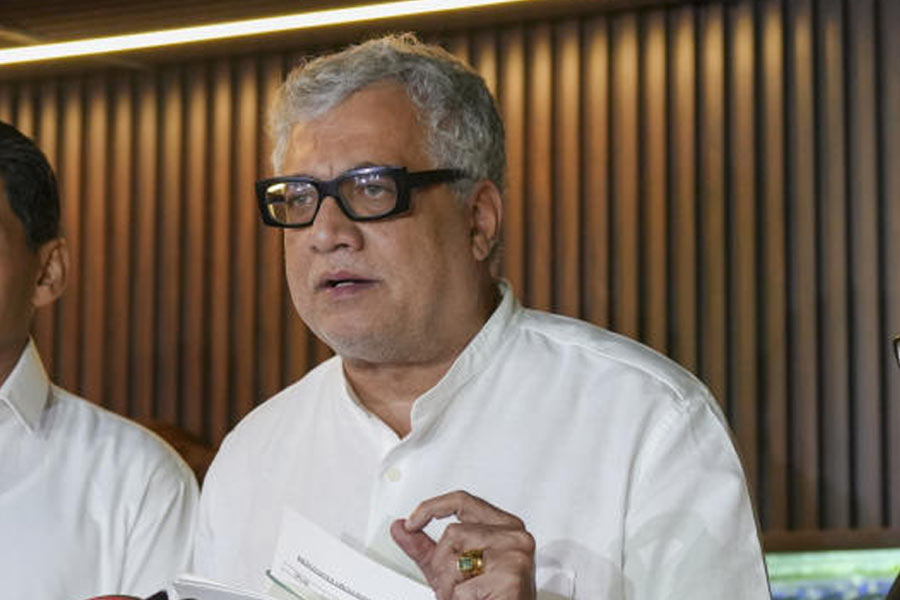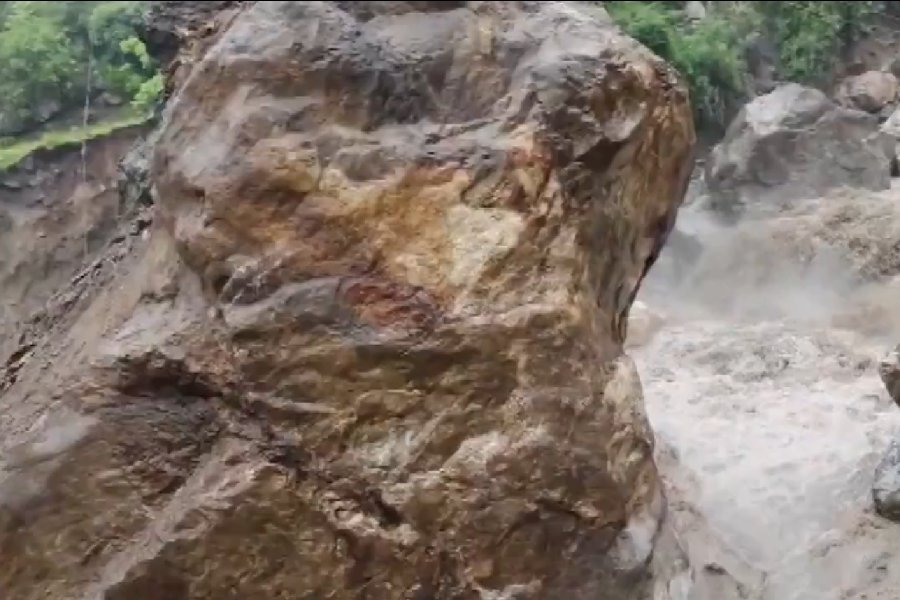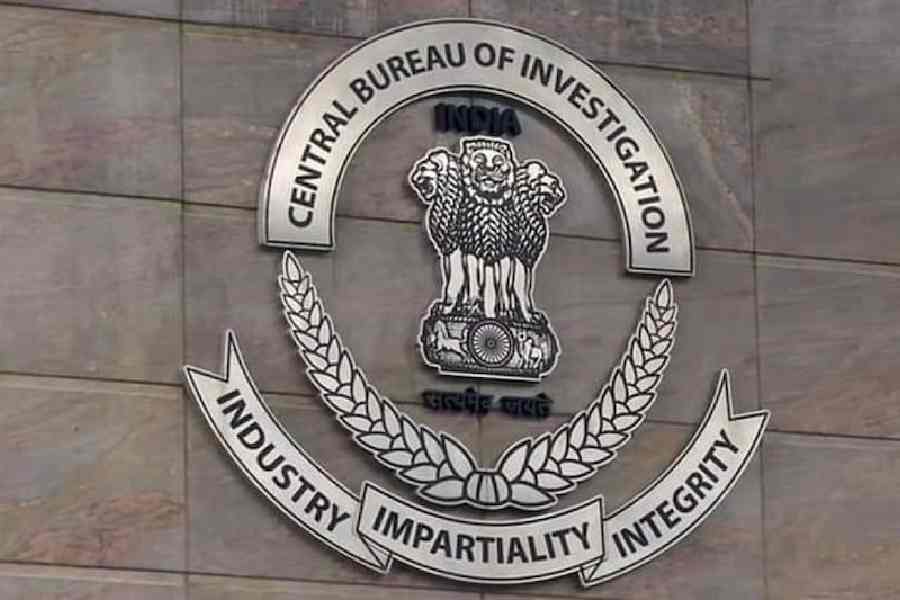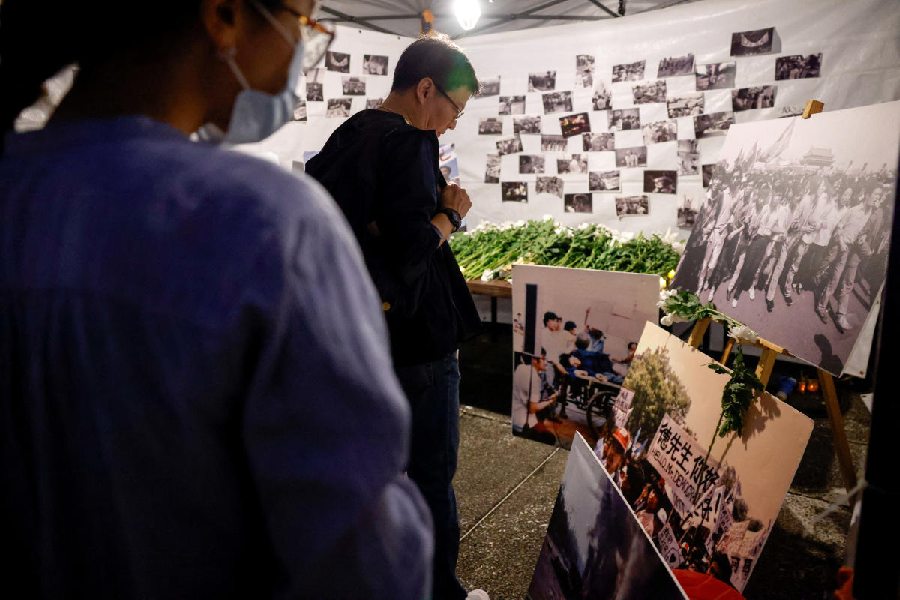 |
| Pic by Jagan Negi |
Sam Miller has an axiom that he never tires of repeating to young journalists: There are two stories down every street.
You could say that’s the guiding principle behind Miller’s book Delhi: Adventures in a Megacity, which has shot to the top of non-fiction bestseller lists and put a huge grin on the face of the former BBC journalist.
Only in his case, there are buckets of little stories in each chapter as he recounts the three-year long, never ending walk that he went on, armed with a well-thumbed Eicher map of Delhi. Starting with central Connaught Place (CP), cute, hand-drawn maps accompany each walk.
A remarkable diversity comes through as Miller charts the plushness of Lutyens Delhi to the starkness of Seelampur and the definitely less salubrious Ghazipur landfill site.
“If you get out of your own world more often, you would see one of the most extraordinary cities of the world on the move. There is something always on the streets to astonish,” says Miller, even though like every migrant to the Capital he does admit to having had his share of the I-hate-Delhi days.
There have been books written on Delhi. And there have been more books. But there’s something about Miller’s tome that has made authors like Khushwant Singh, William Dalrymple and Mark Tully refer to its eccentric charm in their reviews.
What however makes the author burst into a guffaw is a reader’s comment on the book likening it to Gulliver’s Travels. “It makes sense — I’m big and hefty and I stand out. The table of contents is certainly very 18th century with its style of summarising each chapter,” Miller points out.
Leafing through the pages of the book, you cannot miss the uninhibited quirkiness of Miller’s perambulations. Psst: He follows strangers on the streets particularly if he gets the feeling that they’re walking purposefully. He takes his chance at getting ‘beheaded’ on a photomontage while holding his head out to goddess Durga and even tries to catch Connaught Place’s ‘phantom shit squirter’ red-handed.
“The ‘shit squirter’ is someone who targets only foreigners in an underpass in CP,” says Miller, talking about a scam where foreigners have excreta squirted on their shoes and find themselves compelled to part with considerable sums of money for just a clean-up and shoeshine.
Finding something funny in almost about anything turns out to be Miller’s forté.
Recently he went back to the above-mentioned underpass, with a camera man following close behind, to capture the ‘shit squirter’ on camera. Sadly, to no avail. “I want to portray his side of the story, the unusual profession he’s in. What does he tell his family about what he does?” he muses, chuckling.
On another occasion, he found two pocket watches, one at the Birla House and the other at the Gandhi Memorial Museum — both of which are said to have been carried by the Mahatma when he died. Both watches are said to have stopped dead at 17 minutes past five.
So Miller cracked a joke to the Gandhi museum’s curator suggesting that, “Gandhi was wearing two watches that both fell and both stopped at 5.17, or maybe the watch spends half the week here and half the week at Birla House”. The curator, Miller confirms, ‘was not amused’.
 |
 |
| Sam Miller speaking at the launch of his book in Delhi; Pic by Rupinder Sharma, (Above) A photomontage of a bemused Miller offering his head to the goddess Durga, taken at a photo stall behind the Birla temple in Delhi |
Miller calls himself a flaneur (French for aimless wanderer). And even with a leg problem, he isn’t afraid to walk for miles on end.
The first thing he does on arriving in a city, says Miller, is to walk to get a ‘sense of space’. He has therefore walked his way around London, Rome, Athens, Istanbul, New York, Damascus and Cairo.
He and his wife Shireen first came to live in Delhi when he was sent here as a BBC World Service and radio journalist in the ’90s. During his time in Delhi he covered earth-shattering events like the razing of Babri Masjid, the assassination of Rajiv Gandhi and the Bombay bomb blasts.
In between, he went back to the UK and was posted to Delhi again in 2002 as managing editor, South Asia. He never went back home to London. Instead, he found himself a New Delhi address.
As an expatriate, surrounded by books in the comfort of his south Delhi home study, he has developed a few pet habits — one of them being scrolling through The Guardian online every morning (before his mother does in London) so that he can chat with her about the stories of the day.
Nowadays, Miller is involved in media training projects with the BBC World Service Trust and reviewing books for magazines.
He’s also frequently on the move for a Blue Guide travel book. He has already traversed the length of Murshidabad and Malda near Calcutta with his 12-megapixel Canon making an unexpected discovery — a medieval city called Gaur in a thick jungle 10km outside Malda.
But at the same time he is contemplating capturing the next phase of change in the city. He says: “There’s the Commonwealth Games in 2010, which seems to be the target for finishing every developing work in the city; then there’s the state government and how it is building its infrastructure; thirdly, I want to know why women get treated the way they do here. There’s this undying curiosity to know what is going on out there.”











